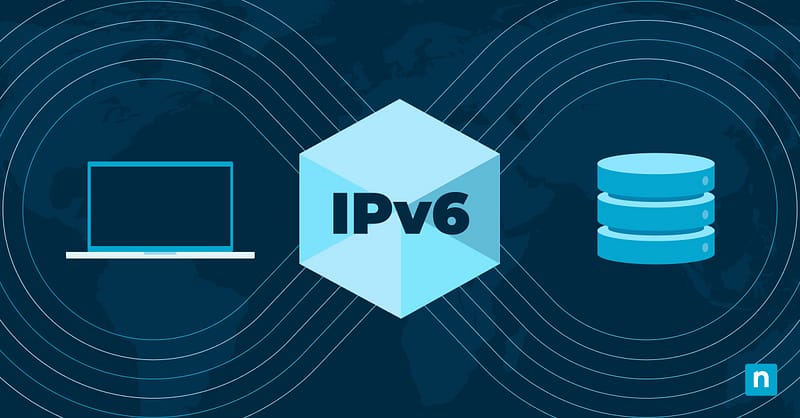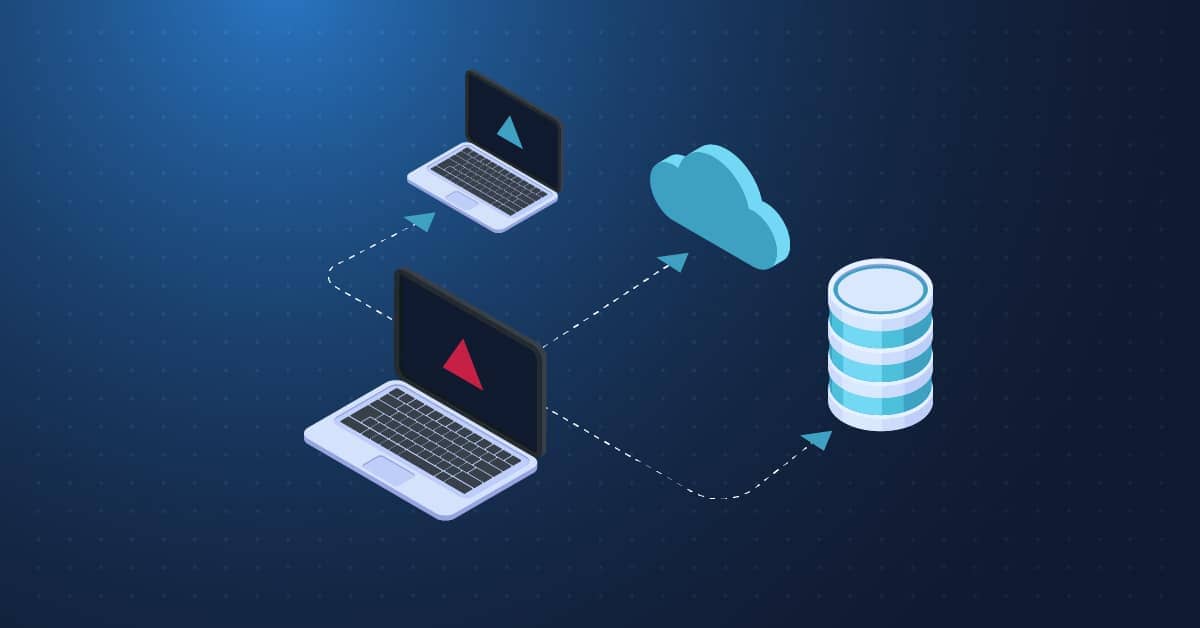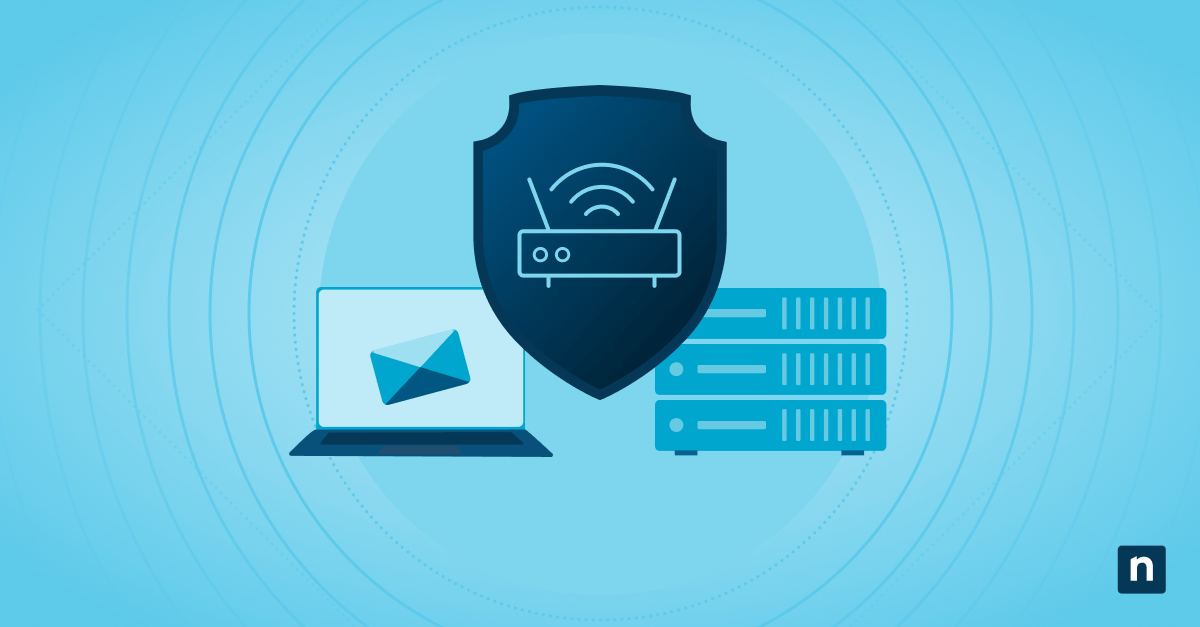Poised to redefine the landscape of digital communication stands the groundbreaking achievement that is IPv6, the sixth generation of the Internet Protocol. The evolution from IPv4 to IPv6 marks a pivotal shift in internet technology, driven by the increasing scarcity of IPv4 addresses and the expanding scale of the global network.
The evolution of IPv4 to IPv6
IPv4, established in the 1980s, had a limit of approximately 4.3 billion addresses, a number initially thought to be sufficient. However, with the exponential growth of internet-enabled devices and the advent of the Internet of Things (IoT), this limit rapidly approached exhaustion. This impending scarcity catalyzed the development of IPv6 in the late 1990s, dramatically expanding the address space. If everybody alive on Earth today requested 1000 IPv6 addresses per second, it would still take approximately 1,363,791 trillion years to exhaust the IPv6 address space.
Organizations and bodies that advocated for the development of IPv6 include:
- Internet Engineering Task Force (IETF): The primary body responsible for developing IPv6 standards, the IETF’s IPng Working Group, spearheaded the protocol’s design to address IPv4’s limitations.
- Internet Society (ISOC): A global leader in internet standards and policy, ISOC played a crucial role in advocating for IPv6, promoting its necessity for a secure and accessible internet.
- Internet Assigned Numbers Authority (IANA) and Regional Internet Registries (RIRs): These entities overseeing IP address allocation globally – including ARIN, RIPE NCC, APNIC, LACNIC, and AFRINIC – advocated for IPv6 to solve IPv4 address exhaustion.
- World Wide Web Consortium (W3C): W3C supported IPv6 adoption, understanding its importance for internet growth and the sustainability of web technologies.
- Technology companies and vendors: Major tech companies like Cisco, Microsoft, and Google backed IPv6, integrating it into products and emphasizing its role in future tech developments.
- Governmental bodies: Governments worldwide recognized IPv6’s strategic importance for infrastructure and security, pushing for its adoption, many of whom mandated federal systems’ IPv6 compatibility.
Collectively, these organizations and entities drove research, standardization, and global advocacy for IPv6, ensuring its integral role in modern networking infrastructure.
What is IPv6 and how does it work?
IPv6 is the latest iteration of the Internet Protocol, which serves as the foundation for communication across the internet. It introduces a 128-bit address format, replacing IPv4’s 32-bit addresses. This expanded address space not only provides an almost limitless pool of unique addresses but also brings enhancements in terms of security and network management. IPv6 plays a pivotal role in ensuring the continued growth and stability of the internet by allowing for the connection of an ever-increasing number of devices while facilitating efficient data routing and delivery.
The structure of IPv6 addresses differs significantly from the IPv4 format. IPv4’s 32-bit addresses use four decimal couplets, while IPv6’s 128-bit addresses consist of eight hextets, each consisting of four hexadecimal digits, separated by colons. Each hexadecimal digit in an IPv6 address represents 4 bits, and a hextet comprises 16 bits, offering a wide range of combinations and ensuring high uniqueness. Hexadecimal, a base-16 numbering system, provides an efficient and human-readable format compared to binary.
IPv6 further streamlines address representation with zero compression, replacing consecutive zero-filled hextets with a double colon (::). These design choices emphasize scalability and efficiency, accommodating the ever-expanding network demands of the future. For instance, an IPv6 address like 2001:0db8:85a3:0000:0000:8a2e:0370:7334 can be efficiently shortened to 2001:db8:85a3::8a2e:370:7334, retaining uniqueness and enhancing readability.
Other key terminology and concepts in IPv6
- Address types: In IPv6, Unicast addresses identify a single interface, Multicast addresses represent a group of interfaces typically used for efficient data distribution, and Anycast addresses are assigned to multiple interfaces, but data is delivered to the closest one.
- Autoconfiguration: IPv6 facilitates autoconfiguration through Stateless Address Autoconfiguration (SLAAC), where devices generate their own addresses using a combination of locally available information and router advertisements.
- No broadcast: IPv6 replaces the broadcast mechanism of IPv4 with efficient Multicast and Anycast addressing, thus optimizing network traffic by sending packets only to the intended multiple recipients or the nearest node in a group.
The IPv6 header
Simplified over that of IPv4, enhancing processing efficiency. Key fields include:
- Version: Indicates the IP version (6).
- Traffic class: Similar to the Type of Service in IPv4, it identifies the class or priority of the packet.
- Flow label: Used for labeling sequences of packets.
- Payload length: Specifies the size of the variable payload.
- Next header: Identifies the type of header immediately following the IPv6 header.
- Hop limit: Replaces the Time to Live field in IPv4, decreasing by one with each node passed.
This expansion is crucial in supporting the growing number of internet-connected devices.
Packet forwarding and routing in IPv6: Enhancing network performance
Packet forwarding and routing in IPv6 are designed for increased efficiency. The simplified packet header in IPv6, which includes fewer fields than IPv4 and eliminates the need for fragment offset and header checksum fields, allows for faster processing by routers. This results in quicker packet forwarding, a critical factor in high-speed networks.
IPv6 also enhances routing protocols to handle the expanded address space efficiently. The hierarchical structure of IPv6 addresses facilitates better route aggregation and more efficient routing table organization, leading to faster route lookup and less memory usage in routers. This hierarchical addressing also allows for more efficient Multicast routing, which is more bandwidth-efficient than traditional unicast or broadcast methods.
IPv6’s role in computer networks
IPv6 plays a critical role in modern networks due to its scalability and advanced features. It is especially vital in scenarios where the vast address space can be fully utilized, such as in the following examples, where the ability to provide a unique address to myriads of devices is crucial.
Specific applications where IPv6 shines include:
- Internet of Things (IoT): With billions of interconnected devices, the IoT ecosystem greatly benefits from IPv6’s extensive address space.
- Mobile networks: IPv6 supports better mobility features, which are essential in mobile communication networks.
- Large enterprises and data centers: These environments require substantial numbers of IP addresses, making IPv6 an ideal solution at scale.
- Cloud computing and hosted services: IPv6 enhances connectivity and scalability for cloud-based applications and services, ensuring seamless experiences for users accessing resources hosted in the cloud.
In terms of IoT and emerging technologies, IPv6 is a game-changer. It not only provides enough addresses for the foreseeable future, it also integrates better security and network management features. These aspects are pivotal to the smooth functioning of the modern world, where an increasingly vast number of devices must be securely and efficiently managed.
Advantages of IPv6 over IPv4
- Increased address space: Accommodates the growing number of internet devices, preventing address exhaustion. In terms of address space, IPv4’s 32-bit address space allows for about 4.3 billion unique addresses. In contrast, IPv6’s 128-bit address space expands the potential number of addresses to a virtually limitless number.
- Performance enhancements: Simplified packet header improves routing efficiency and reduces router processing burden.
- Multicast and traffic prioritization: Supports efficient data distribution and better network traffic management.
- Improved security: Features IPsec for enhanced data confidentiality, integrity, and authenticity. IPsec enhances data confidentiality, integrity, and authentication at the IP layer, providing robust end-to-end security for data transmission across IPv6 networks, a significant enhancement over IPv4, where IPsec implementation is optional.
- Efficient routing and topologies: More straightforward routing and network setup due to stateless address autoconfiguration and no need for NAT.
Environmental impact
- Network efficiency: Leads to reduced energy consumption in network equipment due to more efficient data processing.
- IoT and smart technology enablement: Facilitates the growth of energy-saving technologies in various sectors.
- Reduction in electronic waste: The potential decrease in network device requirements should help to lower e-waste levels.
- Increased energy demand risks: Possible risk of higher future energy usage due to the proliferation of connected devices and services.
- Support for green technologies: Aids in the deployment and optimization of renewable energy systems.
Challenges of IPv6
- Compatibility issues: Legacy hardware and software that are not IPv6-ready can necessitate significant upgrades or replacements, incurring costs and complexity.
- Transition technologies for migrating from IPv4 to IPv6: These allow for a gradual and more seamless transition by enabling IPv4 and IPv6 to coexist during the migration period. Solving compatibility issues often involves using transition technologies such as dual-stack, where devices operate both IPv4 and IPv6, or tunneling and translation methods. While necessary, this can add complexity and overhead to network management.
Future-proof your IT infrastructure with IPv6 today. Watch What Is IPv6? Definition & Full Overview to understand its impact.
The adoption of IPv6 is critical in the rapidly evolving digital landscape
IPv6, with its expansive address space, robust security, and streamlined routing, stands as the cornerstone of future internet infrastructure. As technological progress shapes the evolution of internet protocols, IPv6’s foundational role becomes increasingly crucial. For network professionals, mastering IPv6 is essential, not merely as a technical enhancement but as a strategic imperative to fortify and scale global networks in an era of relentless digital growth. This shift towards IPv6 heralds a new epoch in connectivity, paving the way for innovative, interconnected digital landscapes.








